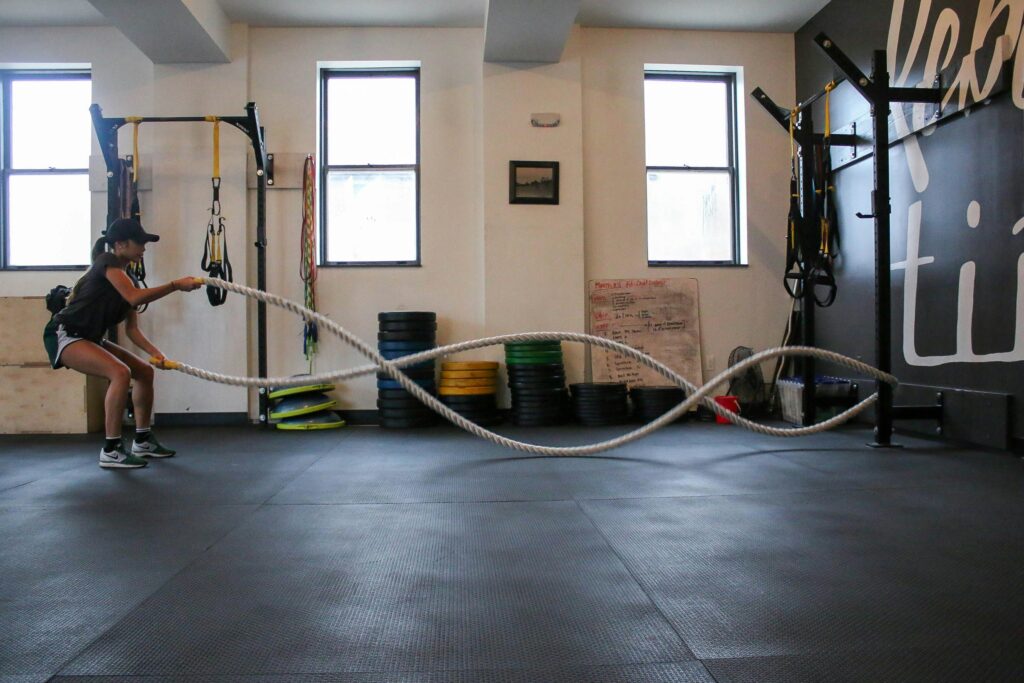Now Reading: Cardio Workouts for Addiction Recovery: A Heart-Healthy Path to Healing
-
01
Cardio Workouts for Addiction Recovery: A Heart-Healthy Path to Healing
Cardio Workouts for Addiction Recovery: A Heart-Healthy Path to Healing

Addiction recovery is not just about avoiding substances—it’s about rebuilding your life. One of the most effective and natural ways to support this process is through cardio workouts for addiction recovery. Exercise has the power to transform the body and mind, and cardiovascular workouts, in particular, help regulate mood, reduce cravings, and bring a sense of purpose and structure.
In this article, we’ll explore how cardio exercises play a vital role in addiction recovery, why they work, and how to incorporate them into a healing routine.
Why Cardio Matters in Recovery
1. Rewiring the Brain Through Movement
When someone struggles with addiction, their brain’s reward system becomes altered. Drugs and alcohol artificially stimulate dopamine, the chemical responsible for pleasure and motivation. Over time, the brain becomes dependent on substances to feel good.
Cardio workouts for addiction recovery help restore balance. Aerobic exercise, such as running or swimming, naturally boosts dopamine, serotonin, and endorphins—neurotransmitters that improve mood and energy levels. According to a study published in Frontiers in Psychology, regular exercise enhances neuroplasticity and supports recovery from substance abuse by rewiring the brain’s reward pathways [1].
2. Reducing Stress and Anxiety
Stress is a major trigger for relapse. Cardiovascular activity like biking or dancing increases heart rate and blood flow, which helps lower cortisol—the body’s stress hormone. Just 30 minutes of moderate cardio a day can significantly decrease anxiety and tension, making recovery feel more manageable.
Top Cardio Workouts for Addiction Recovery
You don’t need to be a professional athlete to start benefiting from cardio. The best cardio workouts are the ones you enjoy and can stick to consistently. Here are some effective options:
1. Walking and Hiking
Walking is one of the most accessible cardio workouts for addiction recovery. It requires no equipment and can be done anywhere. A brisk walk through nature offers added mental health benefits. Studies show that spending time outdoors reduces symptoms of depression and improves overall well-being [2].
2. Running or Jogging
Running offers a powerful “runner’s high” thanks to endorphins. It also provides a sense of accomplishment. Start slow—alternate walking and jogging in intervals—and gradually build up.
3. Cycling
Cycling is a low-impact way to get the heart pumping. It’s especially helpful for people recovering from physical health setbacks due to substance use. Group rides can also foster connection and accountability.
4. Swimming
Swimming is a full-body workout that’s gentle on the joints. It engages the cardiovascular system while calming the mind. Many people in recovery find the water to be a meditative space.
5. Dance Classes
Whether it’s Zumba, hip-hop, or ballroom, dancing is fun and social. It combines music, movement, and expression—three elements that enhance mood and break isolation.

The Mental Health Benefits of Cardio in Recovery
1. Improved Mood
Depression and mood swings are common in early recovery. Regular cardio boosts serotonin and dopamine, which stabilize mood naturally. The CDC reports that physical activity reduces the risk of depression by up to 30% [3].
2. Better Sleep
Substance use often disrupts sleep patterns. Cardio workouts for addiction recovery help regulate circadian rhythms and promote deeper, more restful sleep—crucial for healing and emotional balance.
3. Increased Confidence and Self-Worth
As people in recovery get stronger physically, they also build confidence. Setting and reaching fitness goals gives a sense of achievement that counters the shame often associated with addiction.
Staying Consistent with Cardio Workouts
Sticking with a new routine can be hard, especially during recovery. Here are tips to keep going:
- Start small: Even 10-15 minutes a day makes a difference.
- Schedule workouts: Treat them like important appointments.
- Track your progress: Keep a fitness journal or use an app.
- Find a workout buddy: Accountability helps with motivation.
- Celebrate milestones: Every step counts, from your first 5K to a full week of consistency.
Cardio in Recovery Programs
Many treatment centers and sober living homes are now including cardio workouts for addiction recovery in their daily schedules. Some offer yoga, running clubs, or fitness classes as part of holistic care. Ask your care provider if there are structured fitness options available to you.
Even after leaving treatment, joining a local gym, a fitness group, or an online workout community can offer support and consistency.
Final Thoughts
Cardio workouts for addiction recovery are more than just a way to stay fit—they’re a path to healing. They boost mental clarity, regulate mood, build self-esteem, and reduce the risk of relapse. By choosing heart-healthy movement, you’re choosing to take control of your health and your future.
Whether it’s a peaceful morning walk or a high-energy dance class, your journey to sobriety is stronger with every step, pedal, or lap. Embrace movement. Embrace healing.
References
[1] Frontiers in Psychology, 2019. “Exercise as a Treatment for Substance Use Disorders.”
[2] National Institutes of Health. “Mental Health Benefits of Nature.”
[3] Centers for Disease Control and Prevention (CDC). “Benefits of Physical Activity.”

Hi, I’m Kristi Jenkins, a passionate blogger and content writer with a love for storytelling. With years of experience in writing engaging and insightful articles, I focus on topics like mental health, lifestyle, and personal growth. My goal is to create content that inspires, educates, and connects with readers on a deeper level.

























